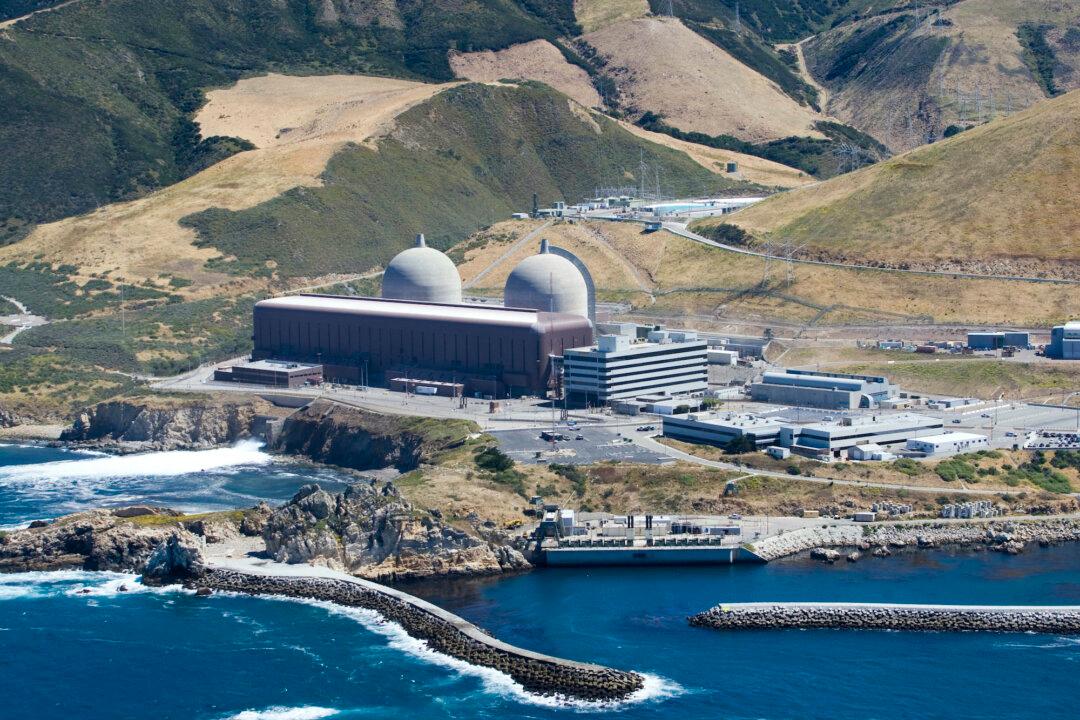The Department of Energy (DOE) identified three targeted areas in a clean energy technologies roadmap.
In a series of “Pathways to Commercial Liftoff” reports released on March 21, the Biden administration listed clean hydrogen, long-duration energy storage, and advanced nuclear as the key technologies to attain Biden’s emission elimination plan.





